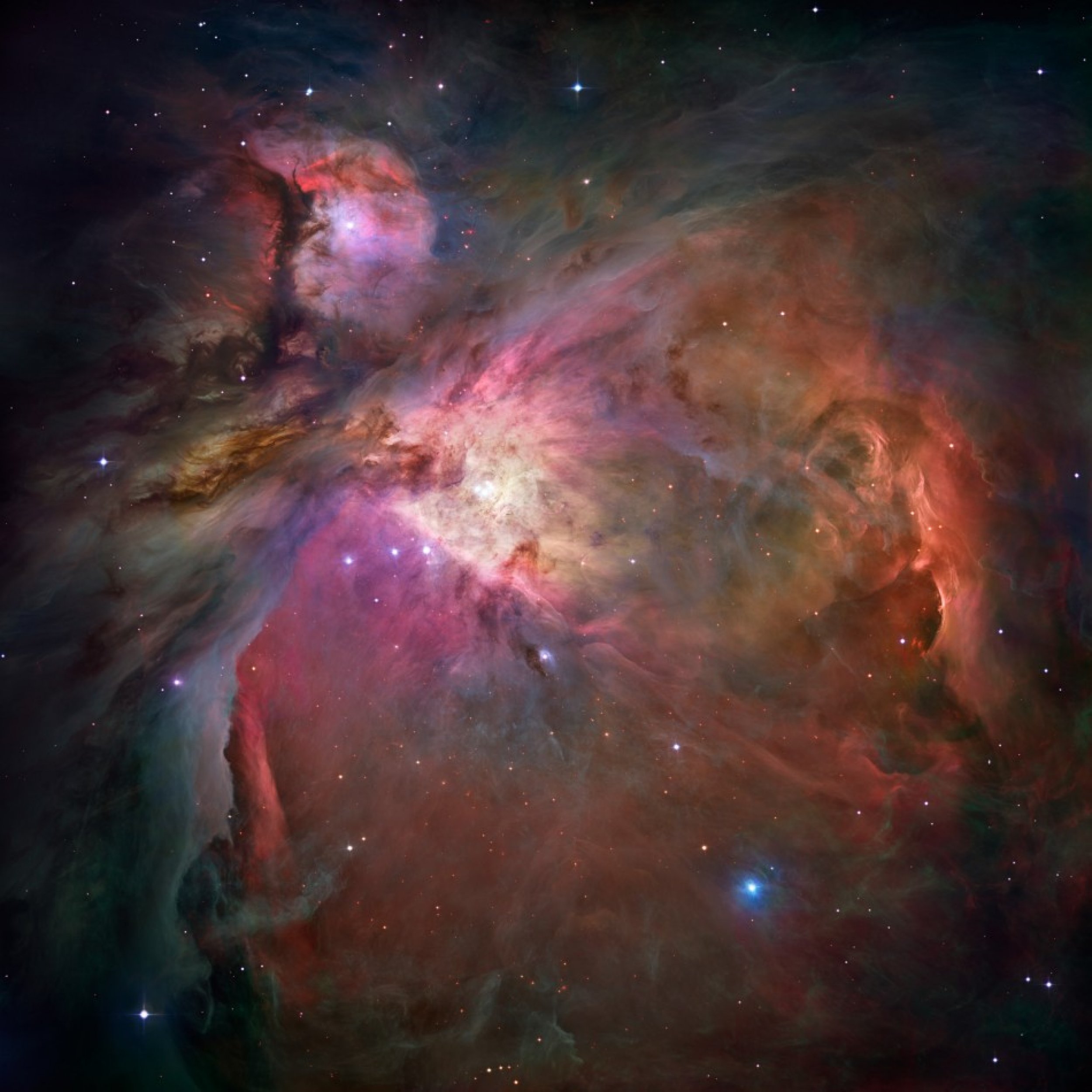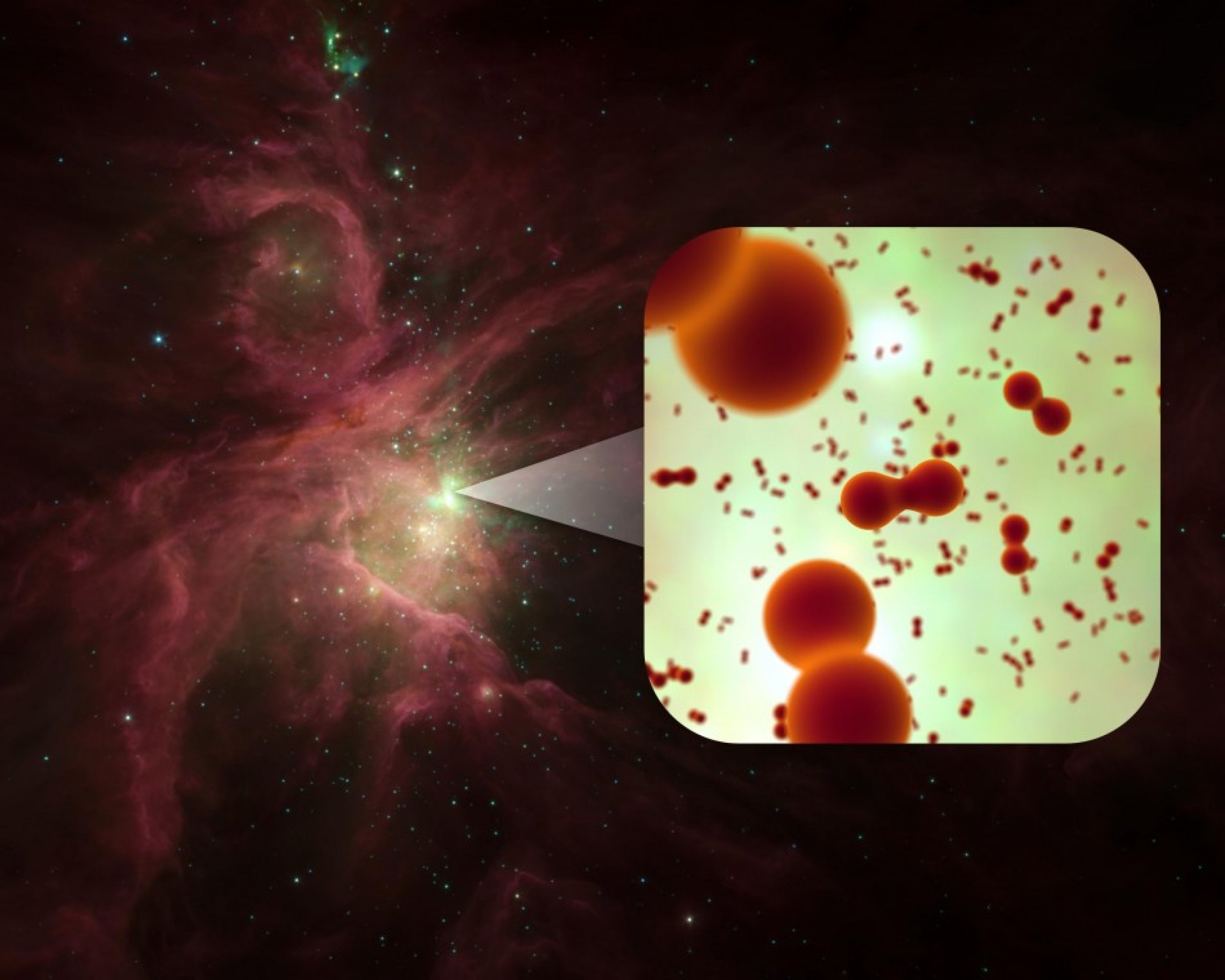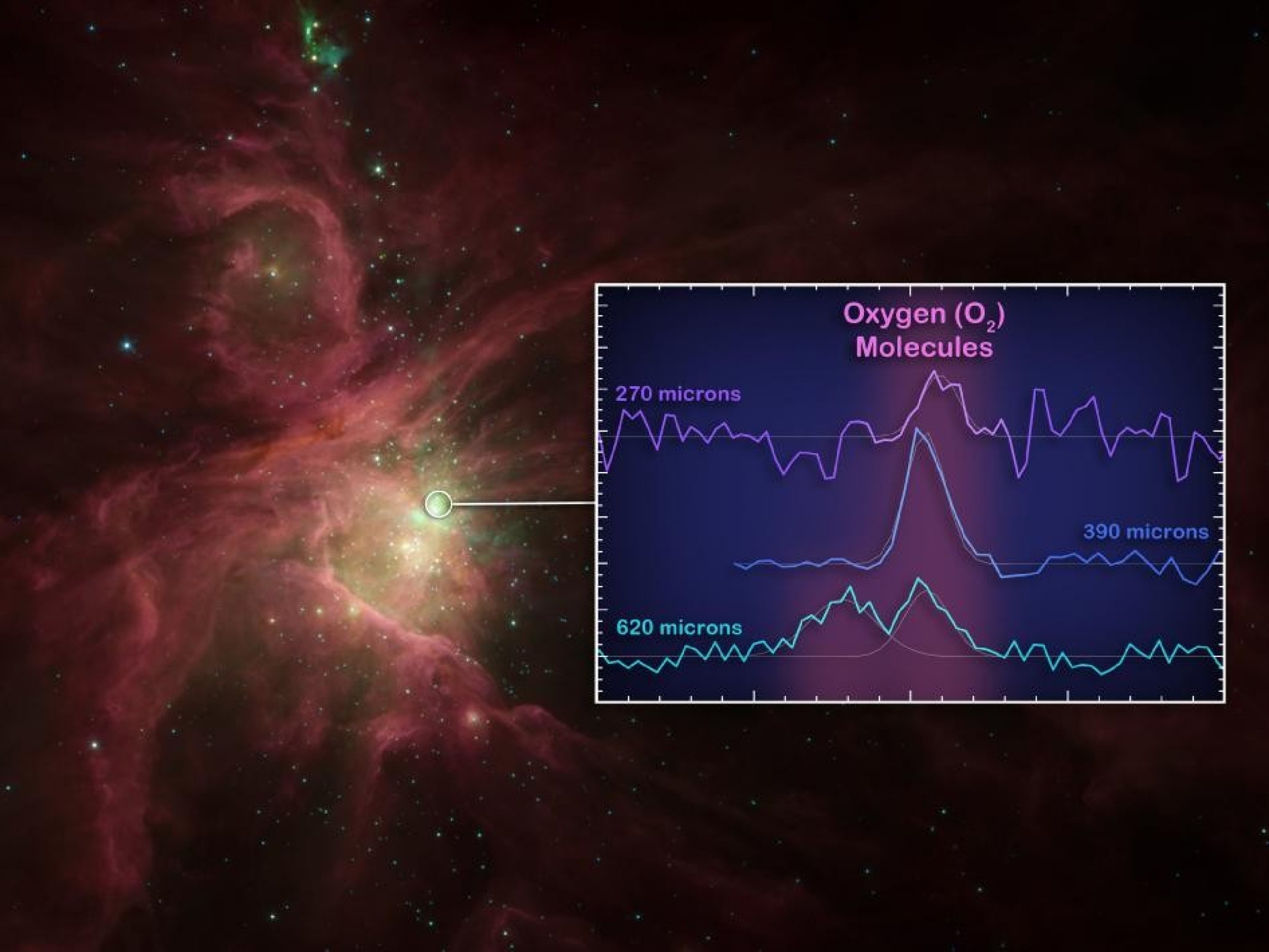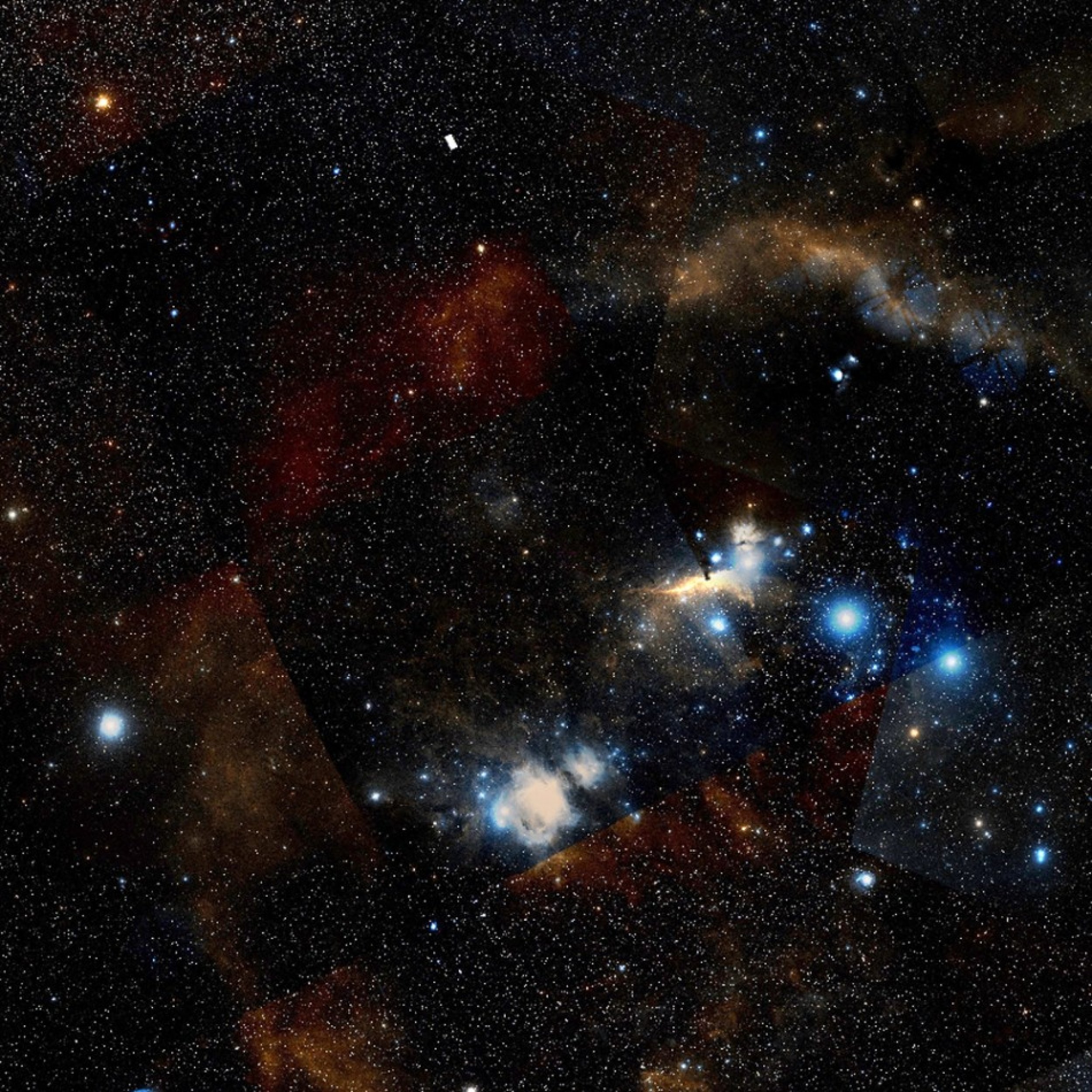Oxygen Molecules Found in Space, 230 Year Mystery Ended
The Herschel Space Observatory has detected the first ever oxygen molecules in space, located in the Orion nebula, which ended a mystery lasting 230 years regarding oxygen in space.
Molecular oxygen, or two atoms of oxygen, was found in dense patches of gas and dust within the core of the Orion nebula by Herschel, headed by the European Space Agency (ESA). This star-forming region where the molecules of oxygen were found is one of the brightest nebulae visible to the naked eye, situated south of Orion's Belt.
This marks the first definite discovery of oxygen molecules in space, regardless of the fact oxygen is the third most abundant element present in the universe. Past attempts by the Swedish Odin telescope and NASA have spotted what could possibly have been molecules, but were never confirmed findings.
"Oxygen gas was discovered in the 1770s, but it's taken us more than 230 years to finally say with certainty that this very simple molecule exists in space," said lead author Paul Goldsmith, NASA's Herschel project researcher at the agency's Jet Propulsion Laboratory (JPL).
Oxygen stored in ice particles coating tiny dust grains, common in this region in space, are heated up when new stars form. As the icy grains are warmed, Goldsmith explains, water discharges, forming molecular oxygen in the dense gas clouds.
"This explains where some of the oxygen might be hiding," Goldsmith said.
Telescopes and HIFI far-infrared detectors were used at Herschel to find these molecules of oxygen. The astronomers use infrared technology to split light in the Orion nebula into submillimeter wavelengths. The spectra in the wavelengths showcase the individual fingerprints of molecules.
Astronomers have predicted they would find molecular oxygen in space, but far underestimated the amount upon the discovery, finding only one molecule of oxygen in Orion for every million, or so, hydrogen molecules.
"Theory suggests we should find lots of oxygen atoms locked in molecular oxygen, but previous searches kept falling short of such a large amount," Goldsmith said. "We didn't find large amounts of it."
Prompting a search for more oxygen molecules in other nebulae, the findings did end an extended mystery for astronomers.
Goldsmith said they "still don't understand what is so special about the spots where we find it. The universe still holds many secrets."




© Copyright IBTimes 2024. All rights reserved.






















